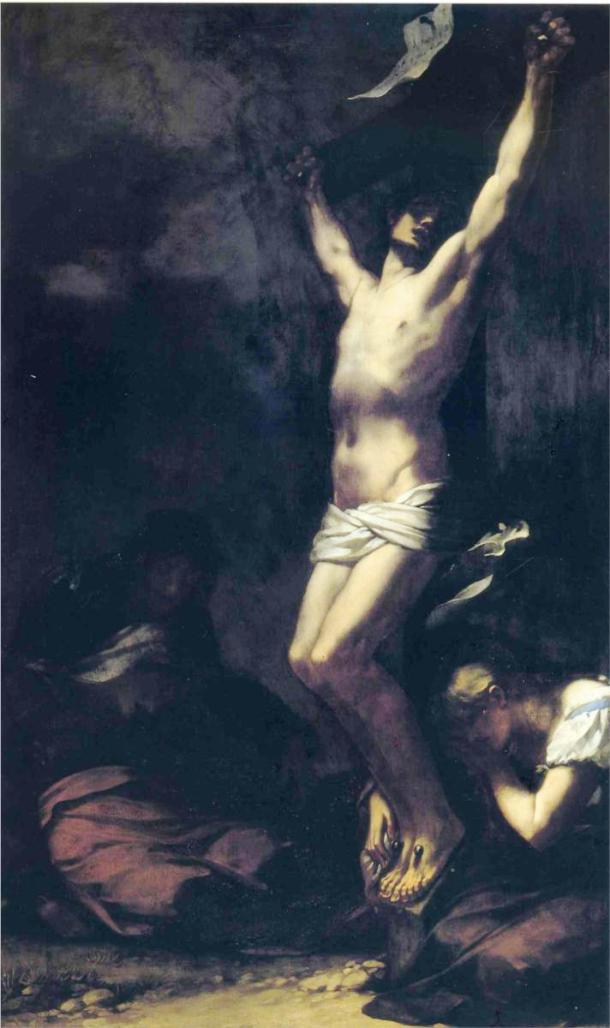Crux fidelis, inter omnes
arbor una nobilis:nulla silva talem profert,
fronde, flore, germine.
Dulce lignum, dulces clavos,
dulce pondus sustinet.TRANSLATION:
Faithful cross, above all other,
One and only noble tree:
None in foliage, none in blossom,
None in fruit thy peer may be.
Sweetest wood and sweetest iron,
Sweetest weight is hung on thee!
The prevailing opinion is that this work is not, in fact, by King John. But the sentiment behind this gentlest of “debunkings” is entirely accurate. It’s worthy and wonderful, regardless of who actually wrote it:
This setting of the eighth stanza of the hymn Pange lingua was first published in Paris in 1843- 5, where it is given a date of 1615 and ascribed to John IV, King of Portugal. He was indeed a composer, but as he was born in 1604, the date, at least, is unlikely. Indeed, on stylistic grounds it is doubtful whether Crux Fidelis was written in the seventeenth century at all, but its eloquent poignancy has earned it a deserved place in the Holy Week repertoire.
 Attribution(s):“Crucifixion” by Pierre-Paul Prud’hon via the Web Gallery of Art (Image, Info), and licensed under Public Domain via Wikimedia Commons.
Attribution(s):“Crucifixion” by Pierre-Paul Prud’hon via the Web Gallery of Art (Image, Info), and licensed under Public Domain via Wikimedia Commons.












